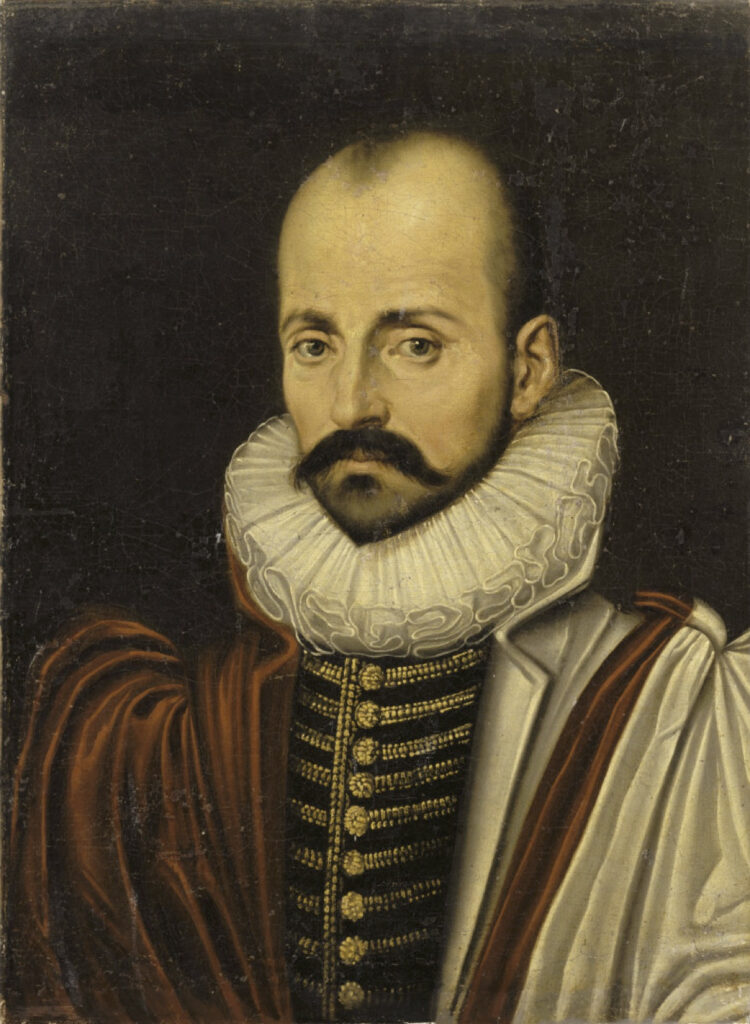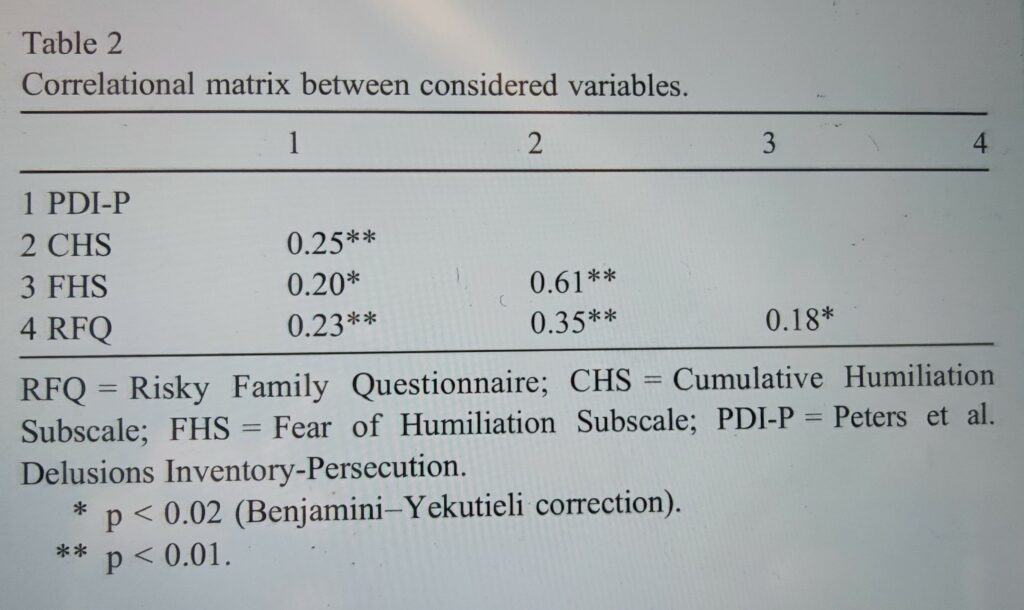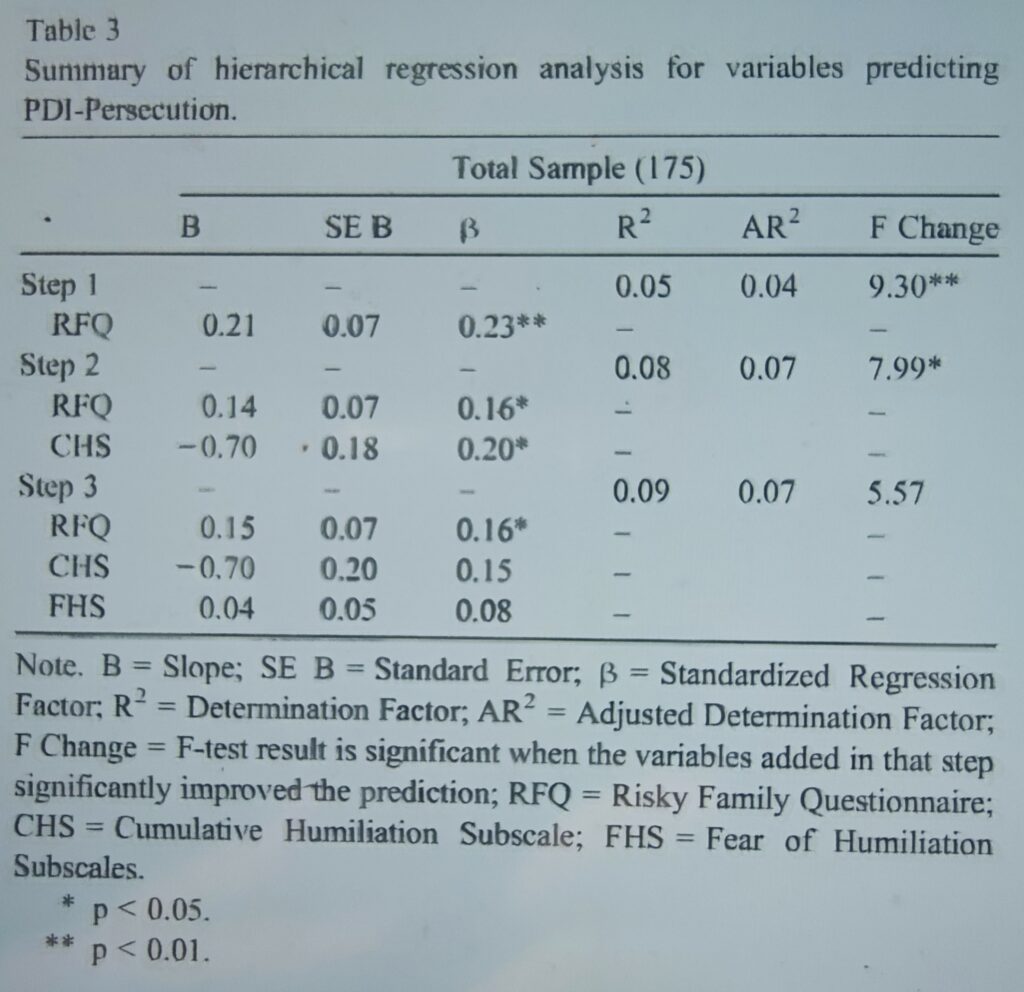At the level of the second and of the third stage of the schema, I told you that we had a much more conscious use of knowledge, I mean that the subject knows how to speak and that he speaks. This is what he does when he calls the Other, and nevertheless it is here properly speaking that the originality of the field discovered by Freud and which he called the unconscious is to be found, namely this something which always puts the subject at a certain distance from his being, and which means precisely that this being never rejoins him, and it is for this reason that it is necessary, that he can not do otherwise than reach his being in this metonymy of being in the subject which is desire. And why? Because at the level at which the subject is himself engaged, himself inserted into the word and because of that into the relationship to the other as such, as locus of the word, there is a signifier which is always lacking. Why? Because it is a signifier, and the signifier is specially assigned to the relationship of the subject with the signifier. This signifier has a name, it is the phallus.
Desire is the metonymy of being in the subject; the phallus is the metonymy of the subject in being. We will come back to this. The phallus, in so far as it is the signifying element subtracted from the chain of the word, in so far as it involves every relationship with the Other, this is the final principle which means that the subject in everything, and in so far as he is implicated in the word, falls under the sway of something that develops with all its clinical consequences, under the name of the castration complex.
Jacques Lacan, 6th Seminar, p. 19
Au niveau des deux étapes suivantes, nous avons, je vous l’ai dit, un usage beaucoup plus conscient du savoir le sujet sait parler, et il parle, c’est ce qu’il fait quand il appelle l’Autre. Et c’est pourtant là que se trouve l’originalité du champ que Freud a découvert et qu’il appelle l’inconscient.
Il y a en effet dans cet Autre un quelque chose qui met toujours le sujet à une certaine distance de son être, et qui fait que, cet être, il ne le rejoint jamais, qu’il ne peut l’atteindre que dans cette métonymie de l’être dans le sujet qu’est le désir. Et pourquoi ? – parce que, au niveau où le sujet est lui-même engagé dans la parole, et par là dans la relation à l’Autre comme lieu de la parole, il y a un signifiant qui manque toujours. Pourquoi? parce que c’est le signifiant spécialement délégué au rapport du sujet avec le signifiant. Ce signifiant a un nom, c’est le phallus.
Le désir est la métonymie de l’être dans le sujet, le phallus est la métonymie du sujet dans l’être. Nous y reviendrons. Le phallus est l’élément signifiant soustrait à la chaîne de la parole, en tant qu’elle engage tout rapport avec l’Autre. C’est là le principe limite qui fait que le sujet, pour autant qu’il est impliqué dans la parole, tombe sous le coup de ce qui se développe, dans toutes ses conséquences cliniques, sous le terme du complexe de castration.
Jacques Lacan, Le séminaire livre VI : le désir et son interprétation (1958-1959), La Martinière, Paris, 2013, pp. 34-25






